What if your next bowl of ramen could taste like a visit to Japan without leaving your kitchen?
For many of us, ramen (ラーメン) is a go-to comfort food: quick, warming, and endlessly satisfying. But beyond the convenience of instant packets lies a deeper opportunity, not just to enhance flavor, but to connect with Japanese culture through culinary creativity, aesthetic mindfulness, and the simple joy of slurping.
Whether you’re a university student trying to level up lunch or a home cook exploring the world of washoku (和食, traditional Japanese cuisine), let’s dive into how to make ramen better healthier, more flavorful, and more visually beautiful, one bowl at a time.
A quick way to make ramen even better is to enjoy it in a handcrafted ramen bowl!

Additions that Make a Difference: Elevate with Ingredients
Think of your ramen as a canvas. By adding a few thoughtful ingredients, you can transform a simple dish into a personal masterpiece.
🍳 Proteins: Boosting Heartiness
Try soft-boiled eggs (hanjuku tamago 半熟卵), tofu cubes, grilled chicken, or pork belly (chāshū チャーシュー). These additions not only make your ramen more filling but also offer contrasting textures.
🥦 Vegetables: A Pop of Color and Nutrition
Fresh greens like spinach (horenso ほうれん草), napa cabbage (hakusai 白菜), mushrooms (shiitake 椎茸 or enoki えのき), or corn (tōmorokoshi トウモロコシ) introduce crunch, sweetness, and umami.
🍜 Sauces & Extras: Flavor Layers
Consider a splash of sesame oil, a spoonful of miso paste, or a dash of rice vinegar. You can even stir in peanut butter or tahini for a nutty richness that pairs beautifully with spicy broths.
Tip: Keep a small “ramen pantry” with items like dried seaweed (nori 海苔), chili oil (rāyu ラー油), and sesame seeds to mix and match based on your mood.
Cooking Techniques: More Than Just Boiling Water
Instant noodles often come with one method but minor changes in technique can majorly affect the final result.
⏱️ Adjust the Cook Time
Slightly undercooking the noodles (by 30 seconds) keeps them springy and prevents sogginess, especially if you’re adding hot toppings later.
🍲 Upgrade Your Broth Base
- Chicken or vegetable stock for a richer taste
- Dashi (出汁) for traditional Japanese umami
- Milk or plant-based milks for creamier, tonkotsu-style texture
🔥 Stir-fry Before Boiling
Lightly sautéing the noodles in a bit of oil before adding broth adds a toasty flavor and slightly firmer texture.
Pro Tip: Use a ceramic ramen bowl and pre-warm it with hot water before serving. It retains heat longer and enhances the overall experience.
Flavor Enhancements: Seasoning Like a Ramen Chef
🧂 Spice & Heat
Chili flakes, black pepper, white pepper (shiro koshō 白胡椒), or freshly grated ginger add warmth and complexity.
🧄 Umami Bombs
Try adding:
- A drop of soy sauce (shōyu 醤油)
- A spoonful of miso (味噌)
- A sprinkle of bonito flakes (katsuobushi 鰹節)
- Grated garlic or fermented chili paste (tōbanjan 豆板醤)
These ingredients awaken your palate and balance richness, salt, and spice.
Healthier Modifications: Lighten Without Losing Flavor
🧂 Lower Sodium
Use only half the seasoning packet or skip it entirely in favor of homemade or low-sodium broth.
🌿 Add Nutrient-Dense Ingredients
Dark leafy greens, eggs, seaweed, edamame, and shiitake mushrooms may contribute essential vitamins and minerals while being culturally authentic choices.
🍜 Try Whole-Grain or Rice Noodles
Some brands offer air-dried noodles or gluten-free varieties, offering different textures and better balance for certain dietary needs.
Note: While ramen is beloved for its richness, lighter versions like veggie-based broths or hiyashi chūka (冷やし中華, chilled ramen) offer refreshing alternatives.
Toppings and Garnishes: The Final Touch
🍳 Egg Magic
A soft-boiled egg with a jammy center is iconic. Marinate it in soy sauce, mirin, and a touch of sugar for ramen shop flavor.
🌿 Classic Toppings
- Scallions (ねぎ negi) – bright, sharp contrast
- Nori (海苔) – adds aroma and umami
- Menma (メンマ) – fermented bamboo shoots with tangy bite
- Narutomaki (なると巻き) – pink-and-white fish cake swirl

Final Slurp: A Lifestyle, Not Just a Meal
Making ramen better isn’t about complexity, it’s about care, creativity, and curiosity.
Whether using an instant pack as a base or crafting broth from scratch, enhancing ramen is a practice in mindful eating and cultural appreciation. The joy is not only in the taste but in crafting something comforting and reflective of your own style.


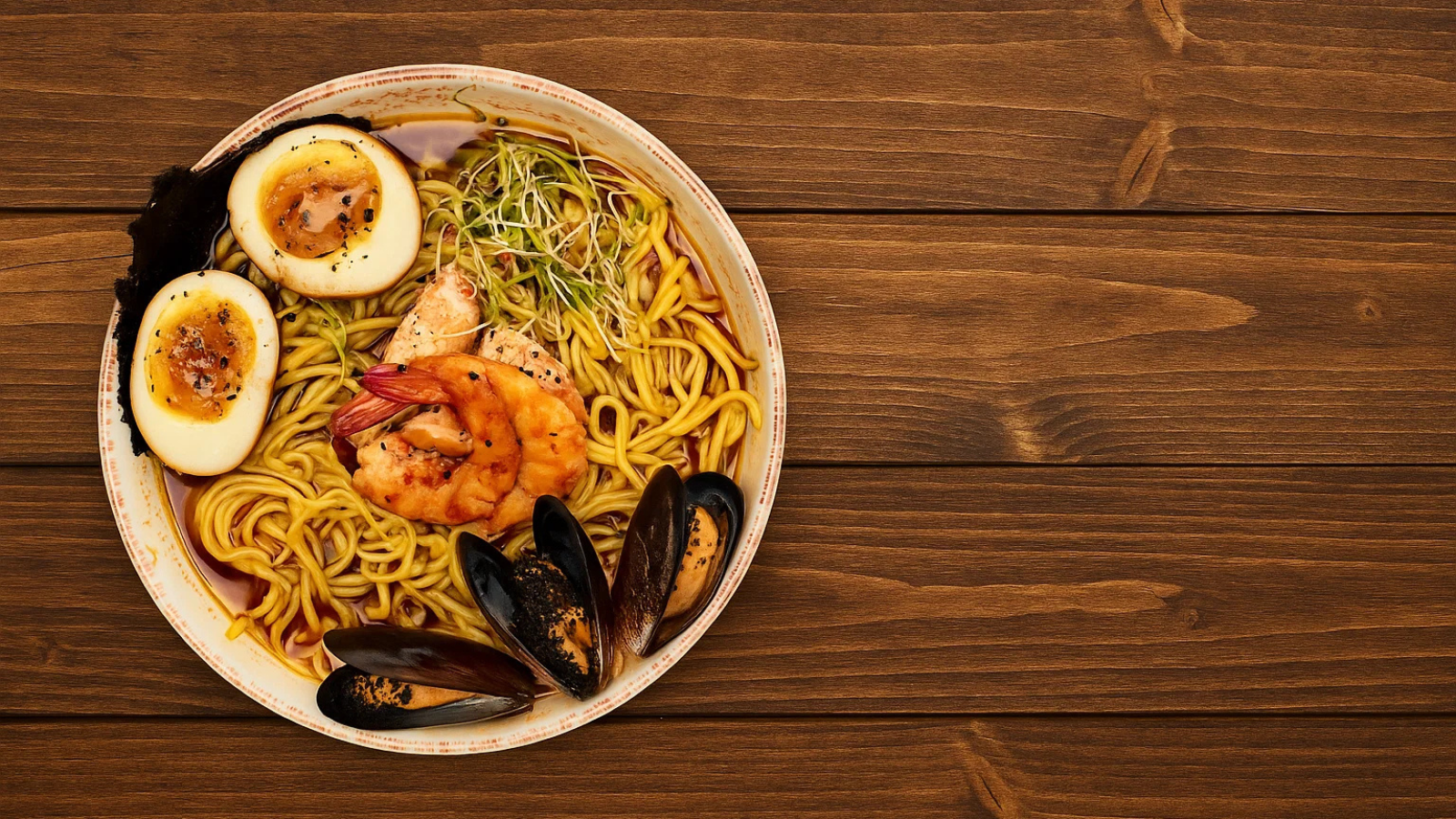



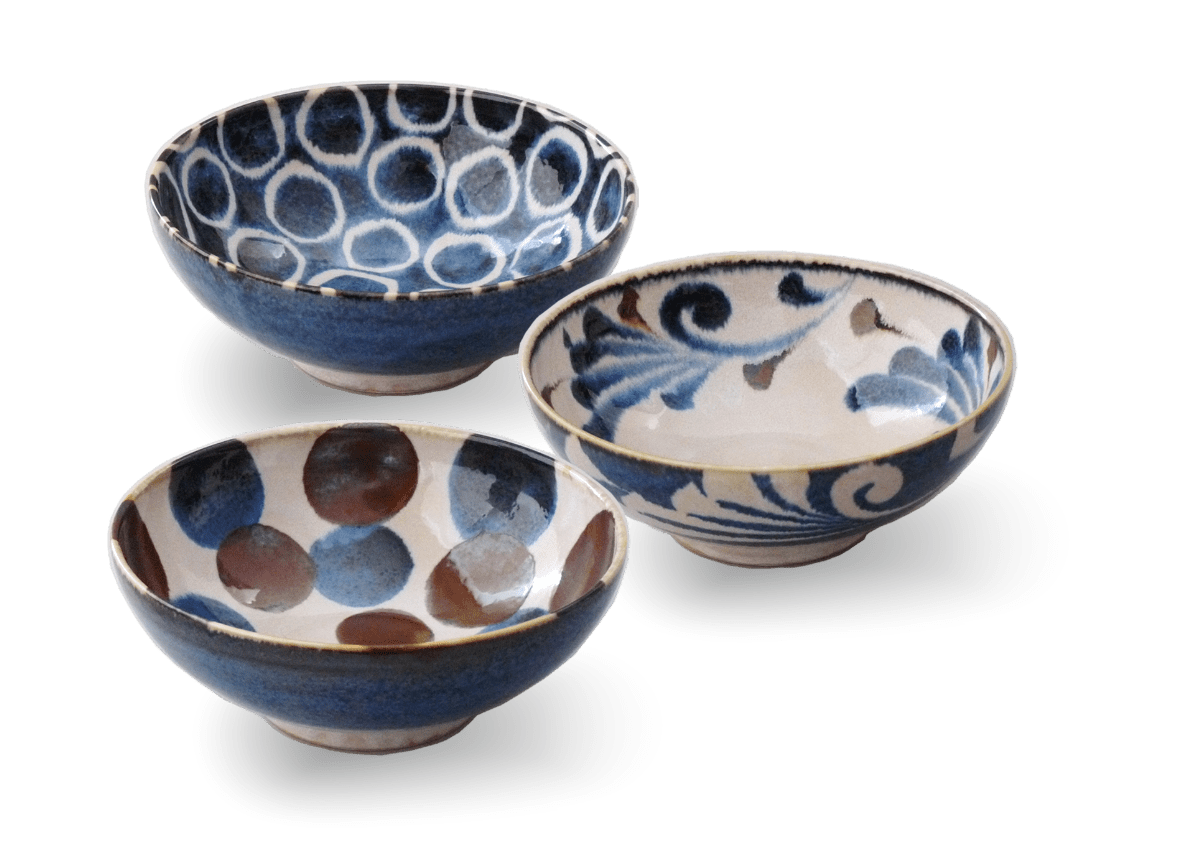
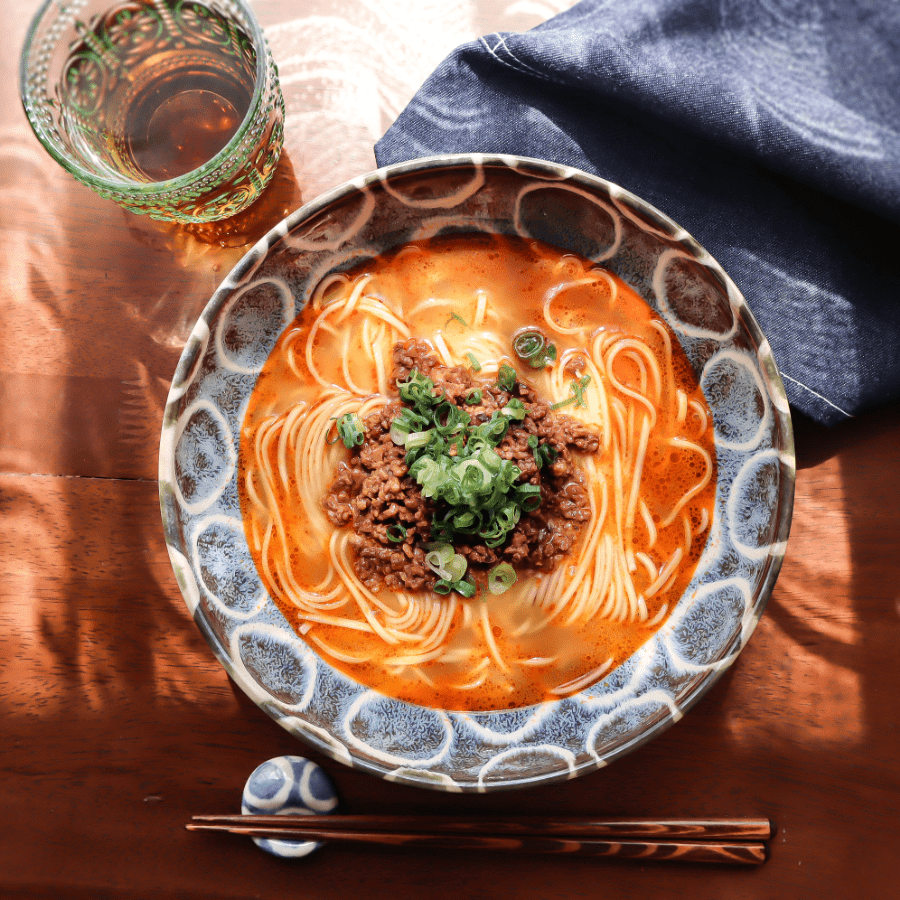

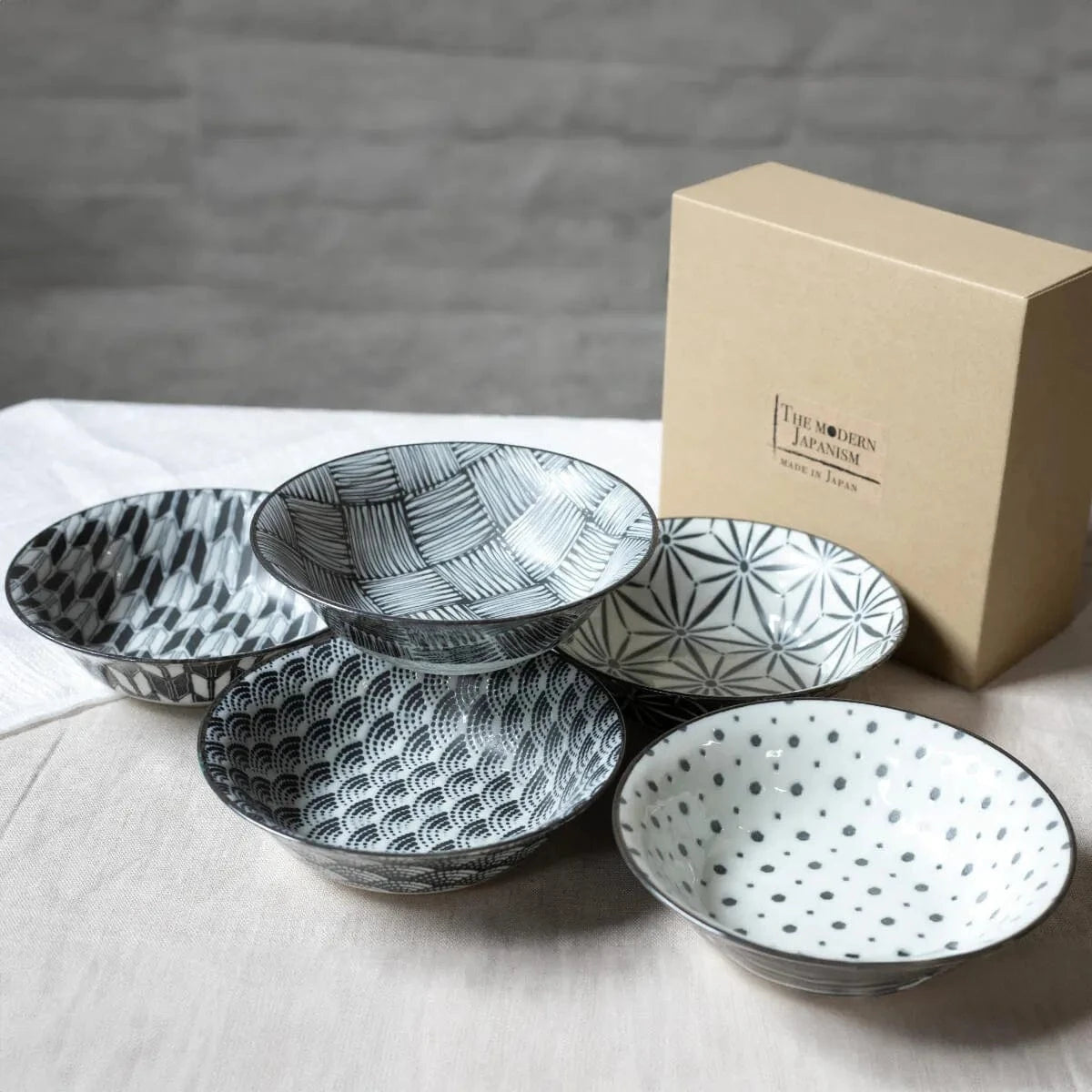
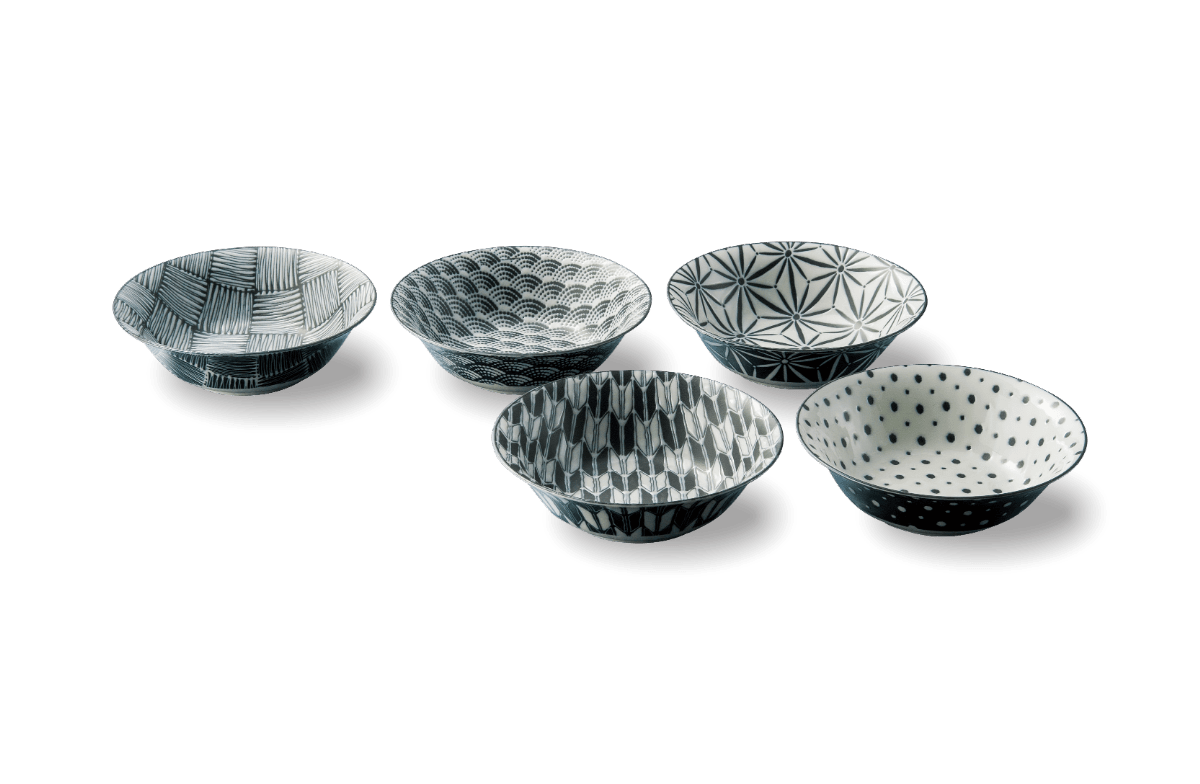
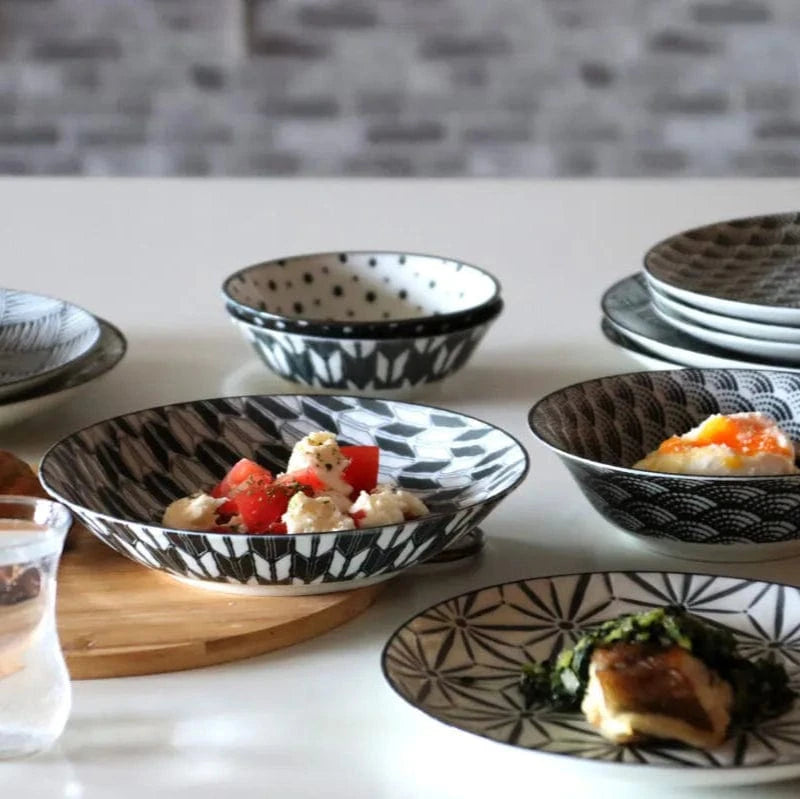
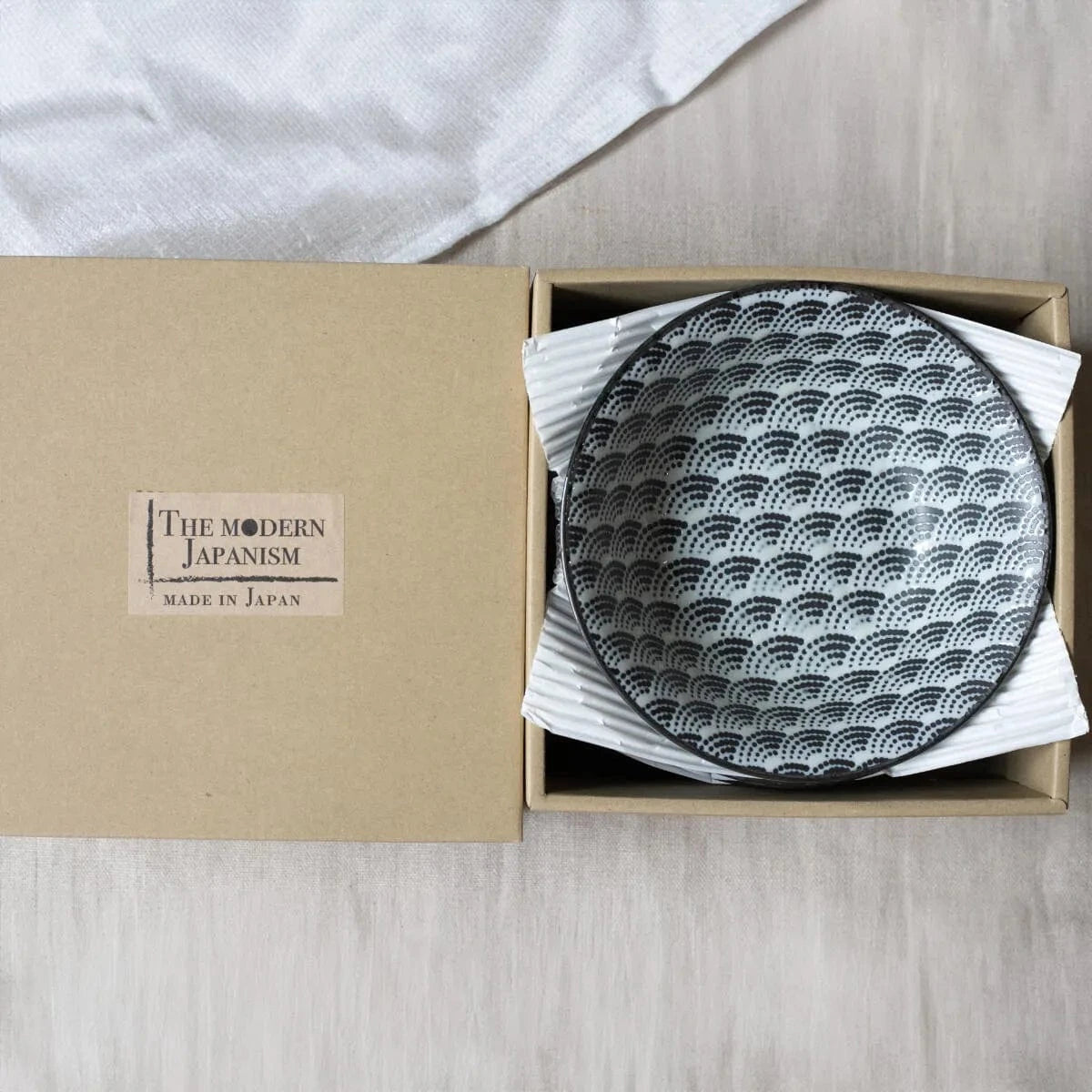
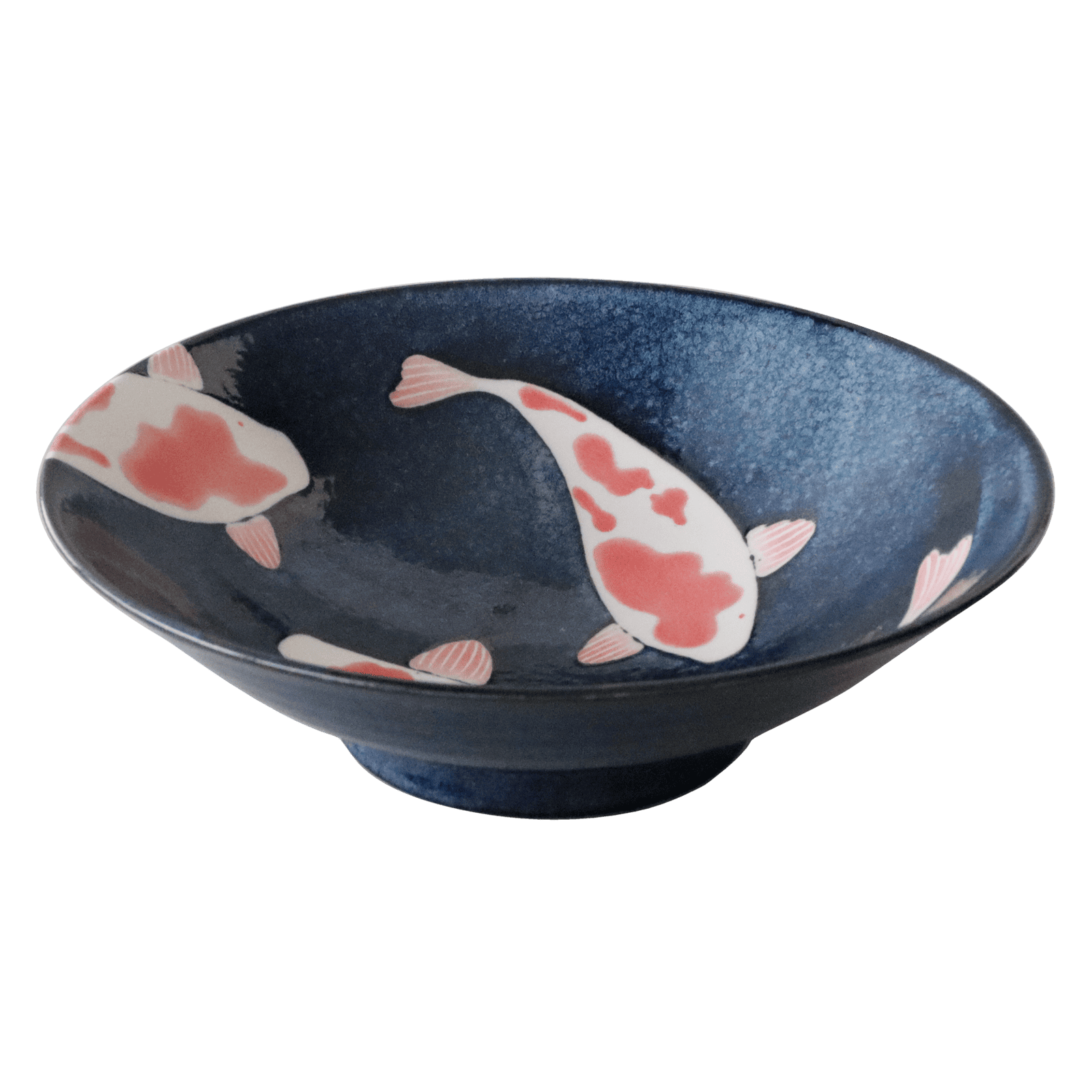
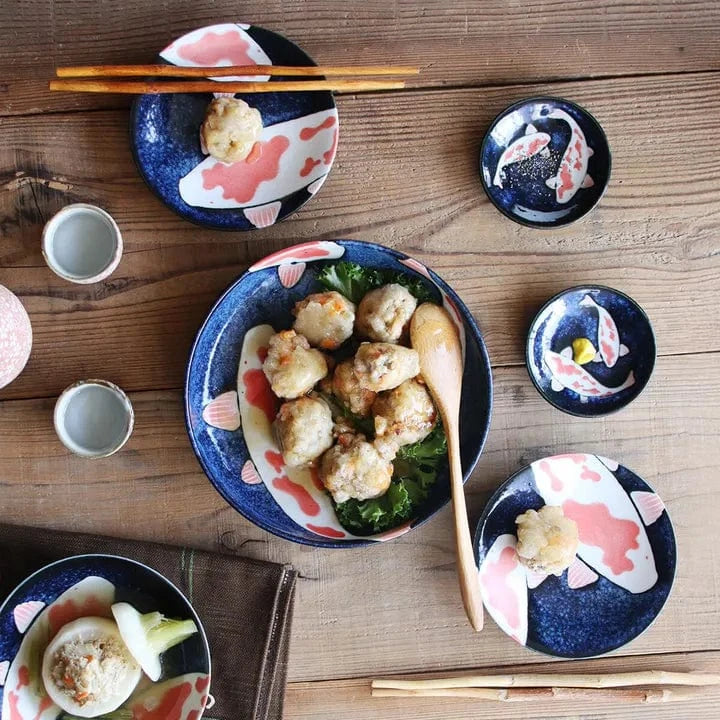
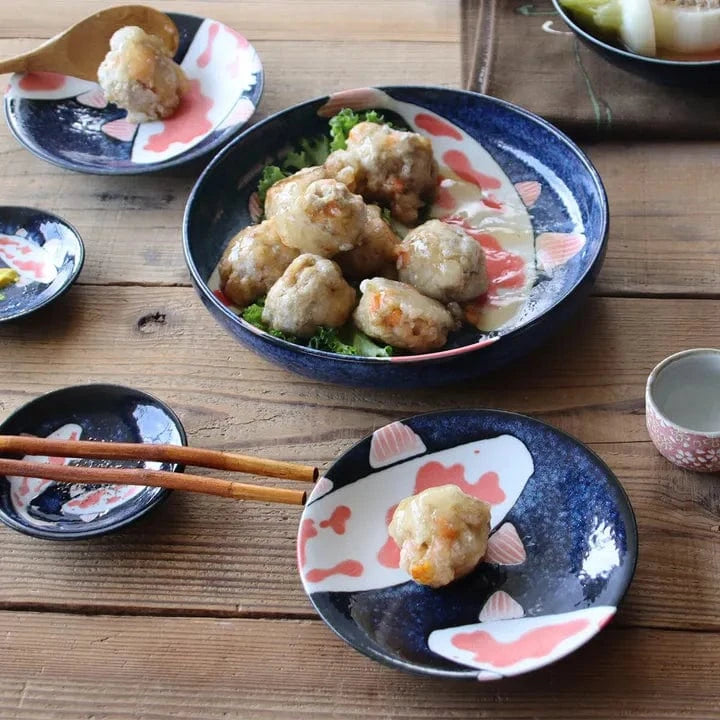
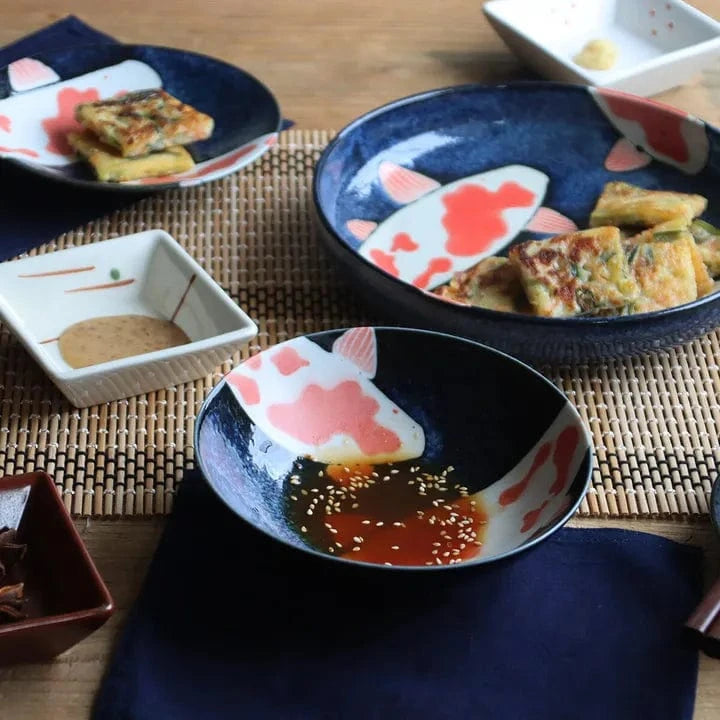
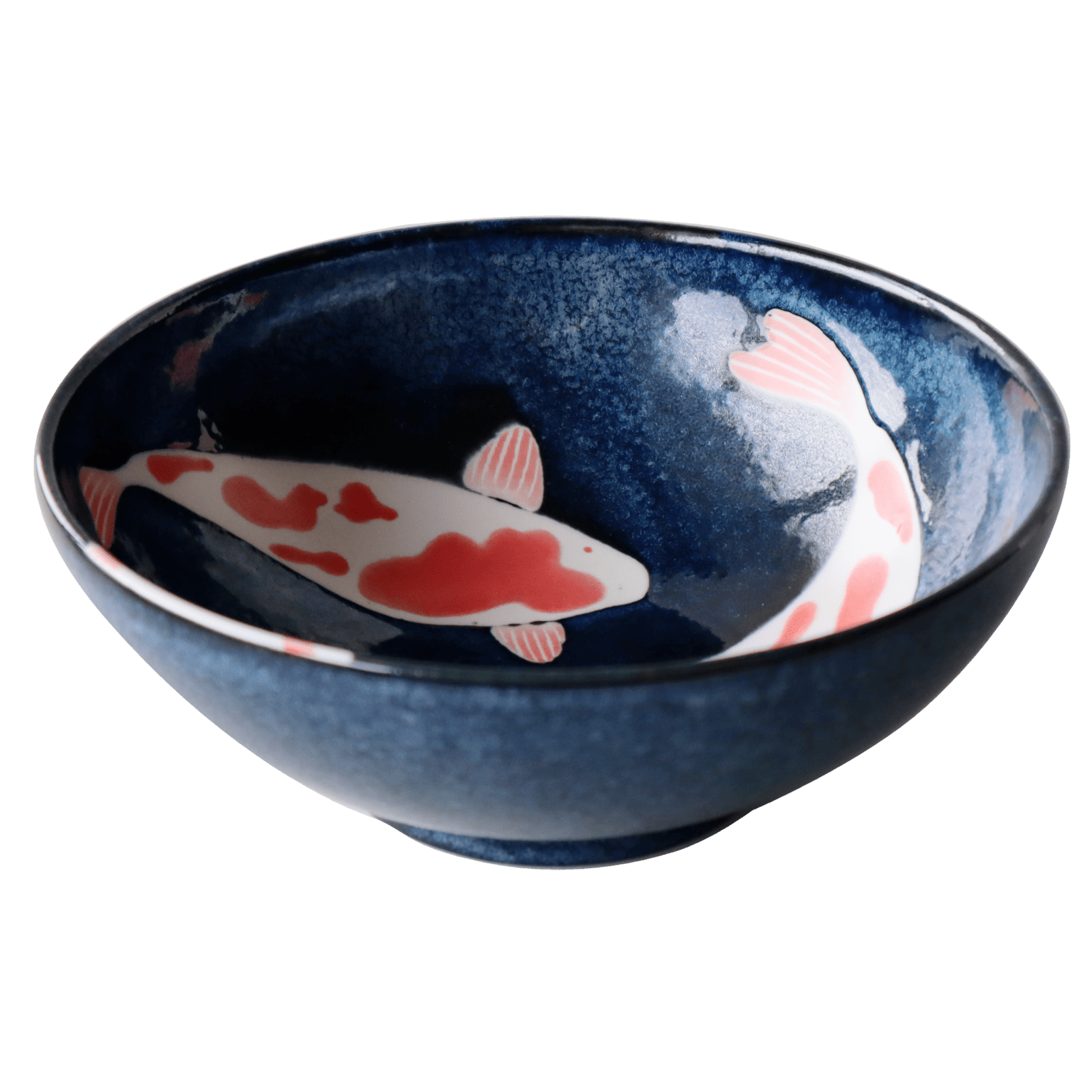
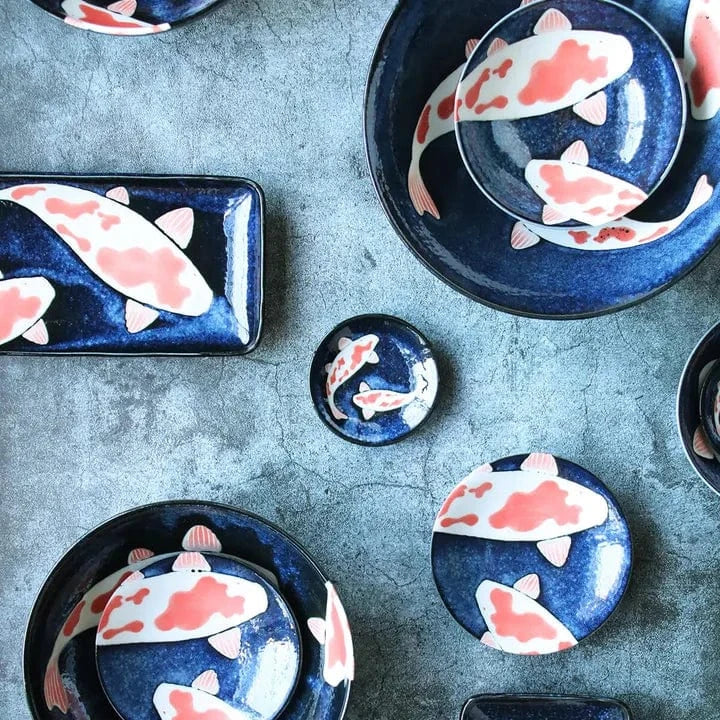
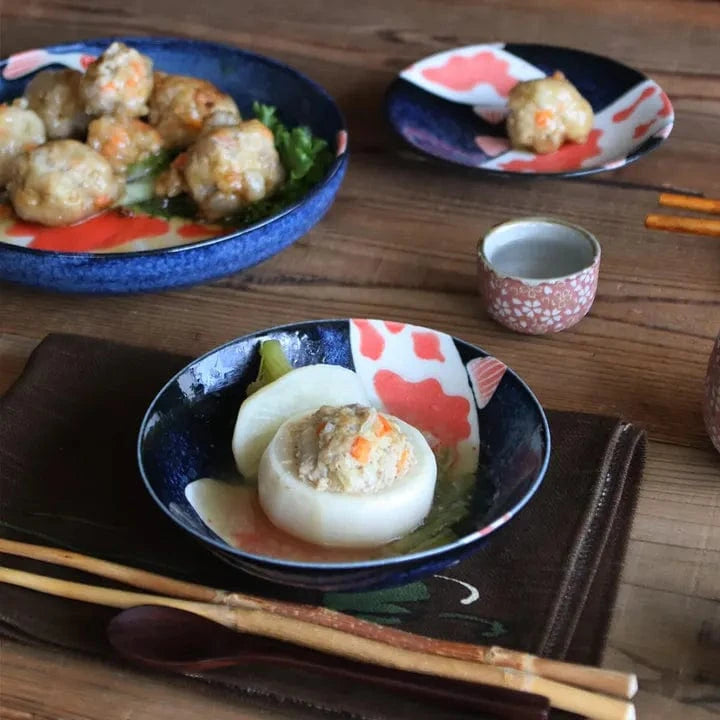
Share: